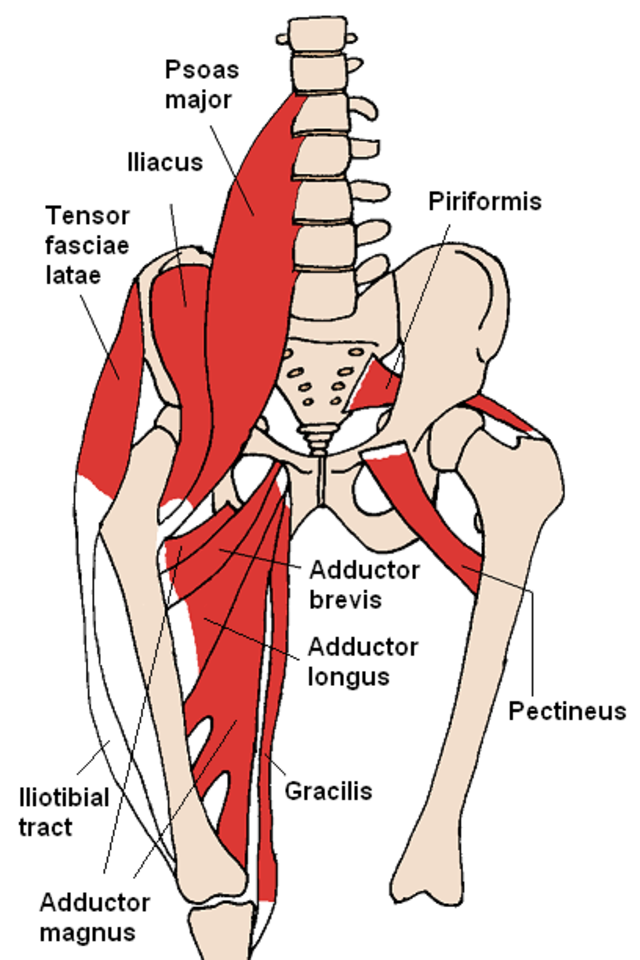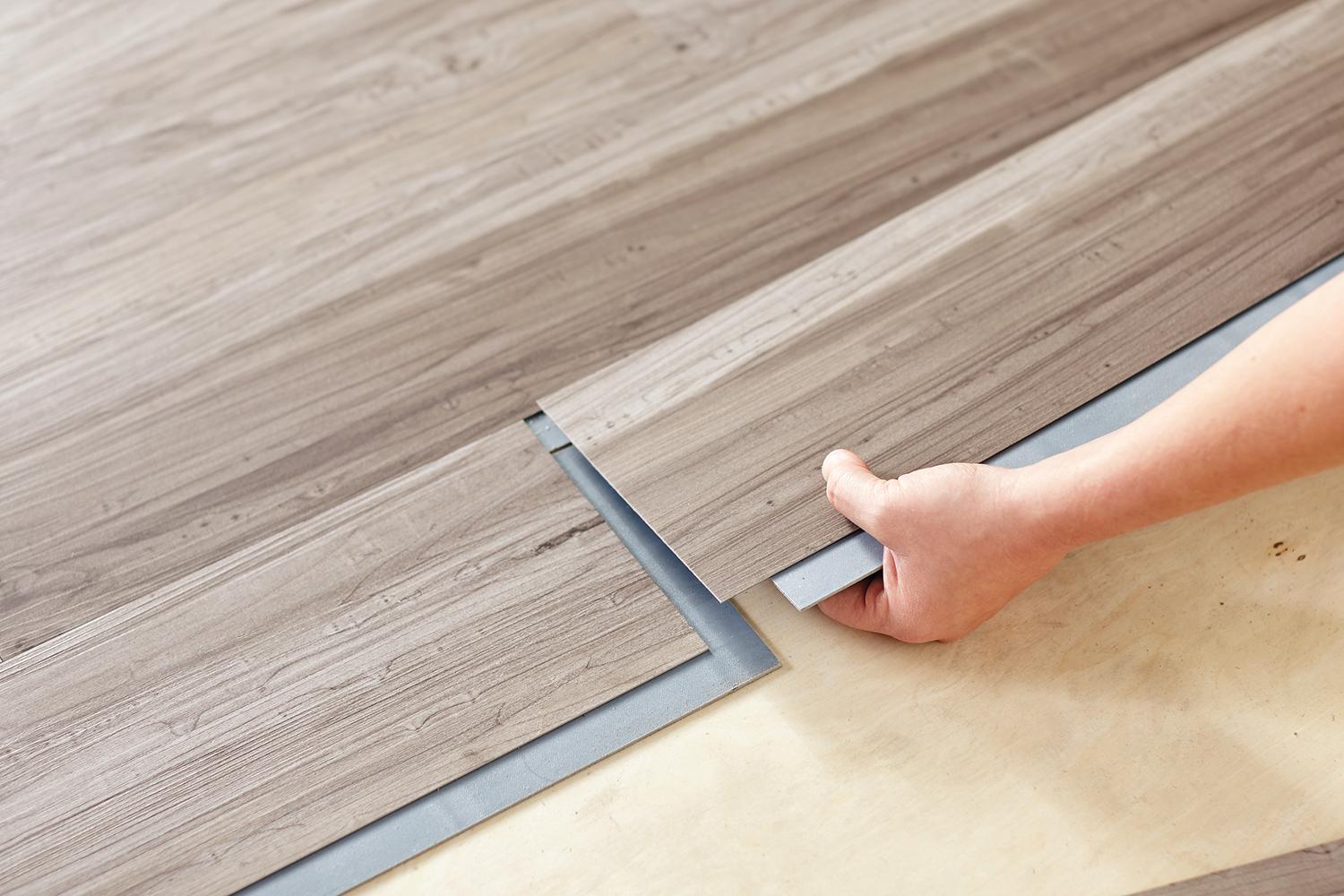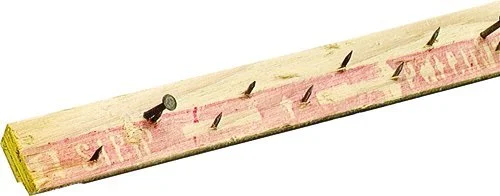My name is Austin Lim. I'm a Chicago based professional urban movement and hip-hop choreographer, dancer, teacher, and research scientist at Northwestern University with a PhD in Neurobiology from the University of Chicago. Sometimes, there's a lot going on in my life as I try to balance my two passions: Dance and Brains. I want to share my story of how I keep dance in my life while maintaining a more-than-full time job - and I hope I can inspire you to do the same.
My childhood ears were filled with very little modern music: car trips were "grown up music" time and MTV was deemed too risque for my parents, and therefore forbidden. My limited knowledge of pop and rock music came from a small amount of Top 40s from my radio, occasional bursts of Total Request Live or VH1 at my friend's place, or the few albums I had gotten through those "Buy 1, Get 9 Free!" deals that were so ubiquitous in the early 90's. These sources brought very little hip hop to my attention.
And so, when I did discover hip hop, it was an awakening. Throughout the remainder of the decade, my cousins and friends gradually introduced me to the classic 90's hip hop albums such as the Wu-Tang Clan's 36 Chambers of Death, Bone Thugz-N-Harmony's E 1999. Eternal, and Notorious B.I.G.'s Ready to Die. The lyricism, production, and storytelling in these albums were windows into a culture and a history I knew nothing about.
Having been a classically trained violinist, the music of hip hop first grabbed my attention. Music production was my first real dive into being a part of the hip hop culture. I learned Fruity Loops, produced instrumentals, took samples from TV commercials, and recorded my friends as they rapped into a computer mic. We performed at the annual Sadie Hawkins day concert, my friends MC-ing while I held down the decks, only to get "non musical acts" banned from future student organized performances - clearly, a thinly veiled ignorance-driven attempt to block exposure to hip hop culture in a fearful small town.
I ordered my first mixer online after lurking around the turntablism forums on my dial-up internet. This low budget Stanton model in combination with my Dad's old Technics turntable served my needs of learning the foundations of DJ'ing. Soon, I started scouring garage sales, growing my collection of vinyl from a single "Star Wars: Return of the Jedi" album to crates overflowing with wax. Turntablists like Kid Koala and Invisibl Skratch Piklz inspired me to learn how to manipulate vinyl and to treat it like an instrument, much to the confusion of my parents, who held the belief that only classical instruments are "real music."
So no, I didn't live "the hip hop" lifestyle. The songs depicting the struggles of the inner city, the black experience in a racist America, or the extravagance of the "we made it" pop-rap life never once resonated with my experiences. Instead, for me hip hop represented a counterculture with a visible, outward expressing face in the form of the four elements (DJing, MCing, graffiti, and breakdance.) It was an escape from the norm that was often forced on you as a unique individual living in a nearly completely homogenous small town. To me, appreciation of hip hop culture became a representation of that underlying need to express myself in ways that the larger society is hesitant to espouse out of xenophobia. Hip hop culture taught me that being a creative individual and embracing that inherent uniqueness is okay.
Although I immersed myself in the elements of hip hop (even spray painting up the walls in my parents basement, with their permission of course) the one that eventually resonated with me the most was breakdance. I wasn't good at sports per se, but I considered myself athletic: I had always been a decently fast runner and was pretty good at climbing things. After getting my hands on Wild Style and Beat Street on VHS tape from the local library, I did my best to emulate these ground acrobats that I admired so much. Later, in these days of Kazaa and Napster, when low-resolution video downloads could bring the arts of the big city life to my sleepy rural town, I studied short video clips, rewound, rewatched, and learned everything I could from my highly-pixelated and grainy idols.
In high school, a small circle of hip hop heads started forming around my group of friends, all sharing an appreciation for the culture. Every day after school, the cafeteria tables would be folded and moved out of the way, freeing up space in the tile-floored side of the school. After the last bell rang, we would immediately flood into this space, reviving this dimly-lit and isolated area of the school with music and laughter. You could reliably count on seeing me and my group of friends showing up at 3:05, where we'd inevitably goof off for hours. Sometimes playing hackey sack, sometimes whipping each other with bandannas, sometimes talking with girls - but always breakdancing.
Academically speaking, I wasn't the valedictorian of my class by any means. But, I was a good student who excelled in science and math and was heavily involved in the speech team. I competed nationally in "International Extemporaneous Speaking," a public speaking competitive event that required knowledge of a broad range of political topics, including international affairs, economics, and government policy. Considering my two different loves of science AND politics, I had considered a handful of broadly disparate career prospects at this age, but college ironed out what direction I wanted from my adult life.














